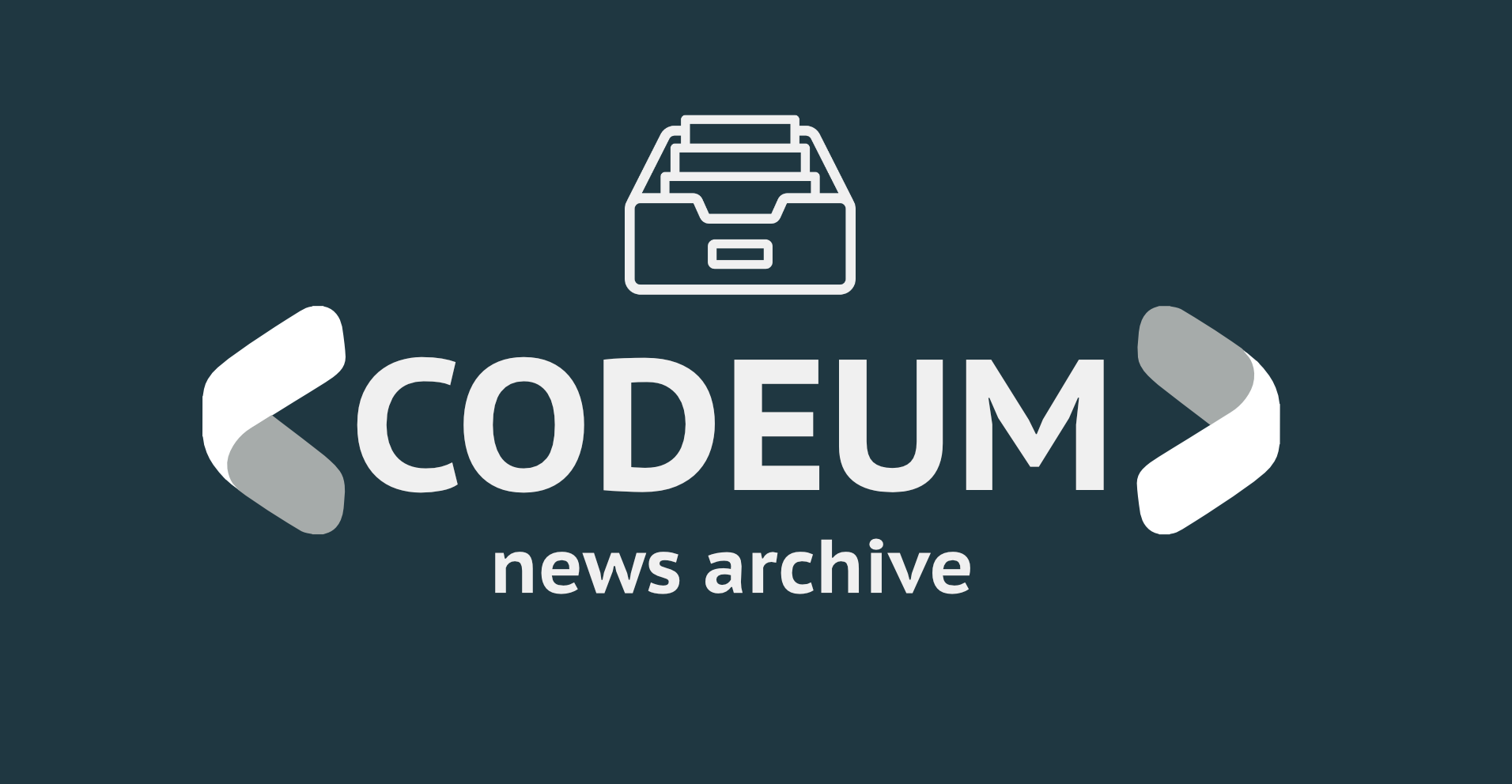
Tether’s USDT Shakes Off Depeg Scare With Polygon Launch
Key Takeaways
- Tether's USDT has launched on Polygon.
- It comes after USDT's market cap has fallen by $10 billion in response to the collapse of Terra's UST.
- Regulators worldwide have said that they are paying attention to stablecoins following the Terra incident.
Share this article
The launch comes amid panic in the stablecoin market following the collapse of Terra’s UST.
Tether Stablecoin USDT Heads to Polygon
Despite ongoing concerns in the stablecoin market, Tether is making efforts to expand its presence across the crypto space.
The stablecoin issuer’s flagship product, USDT, has launched on the Ethereum scaling solution Polygon in a bid to cement its position as crypto’s top stablecoin. USDT is the most widely-used stablecoin with a market cap of around $72.5 billion, CoinGecko data shows. It’s live on a host of crypto’s most popular smart contract platforms, including Solana, Ethereum, and Algorand.
Polygon saw a huge rise during crypto’s 2021 boom as it welcomed Ethereum-native DeFi applications like Curve Finance and Aave onto its network. Amid soaring gas fees on Ethereum, Polygon’s high-speed, low-cost capabilities made it a popular choice for yield farmers looking to put their capital to work in DeFi. Though yield farmers could previously bridge USDT from Ethereum to Polygon, the stablecoin had not natively launched on the network. Discussing the launch, Tether’s Chief Technology Officer Paolo Ardoini pointed to Polygon’s recent success. He said:
“The Polygon ecosystem has witnessed historical growth this year and we believe Tether will be essential in helping it continue to thrive.”
Stablecoins Hit by Terra Collapse
The launch rounds off a shaky month for Tether and the stablecoin market at large. The market’s trust in dollar-pegged assets like USDT was put to the test when UST, an algorithmic stablecoin tied to the Terra blockchain, lost its peg to the dollar, resulting in a death spiral that sent Terra’s LUNA token crashing to zero. USDT functions in a different way to UST because it is backed by reserves rather than relying on a dual token mechanism to stabilize its price, but it still suffered from a depeg event in the fallout as panicked market participants began to take flight for cash. Its market cap value shed about $10 billion in the days following Terra’s collapse.
Since the Terra disaster, regulators worldwide have made it clear that they are paying close attention to the stablecoin market, with the Treasury Department’s Janet Yellen calling for hasty regulation of the nascent technology. As the world’s biggest stablecoin living on 11 networks, USDT is now one of the main crypto assets regulators are paying close attention to.
Terra, too, has had its own somewhat divisive response to UST’s crash. After a series of governance proposals, community discussions, and promises of a brighter future from Terraform Labs, the project is set to launch a new blockchain that will attempt to compensate Terra investors with a new token. It goes live tomorrow, this time without an attached algorithmic stablecoin.
Disclosure: At the time of writing, the author of this piece owned ETH, CRV, AAVE, MATIC, and several other cryptocurrencies.
Share this article
Source link